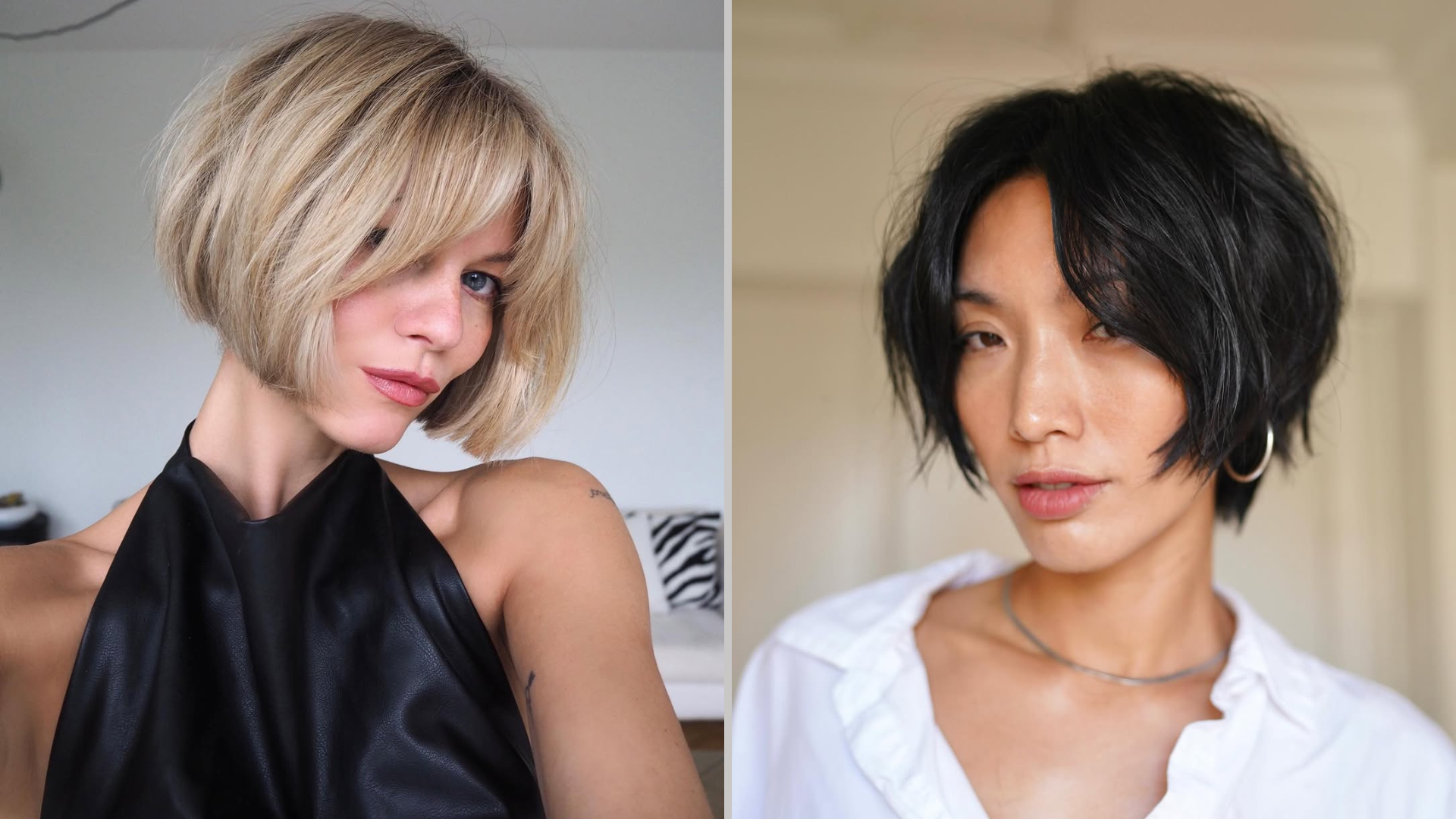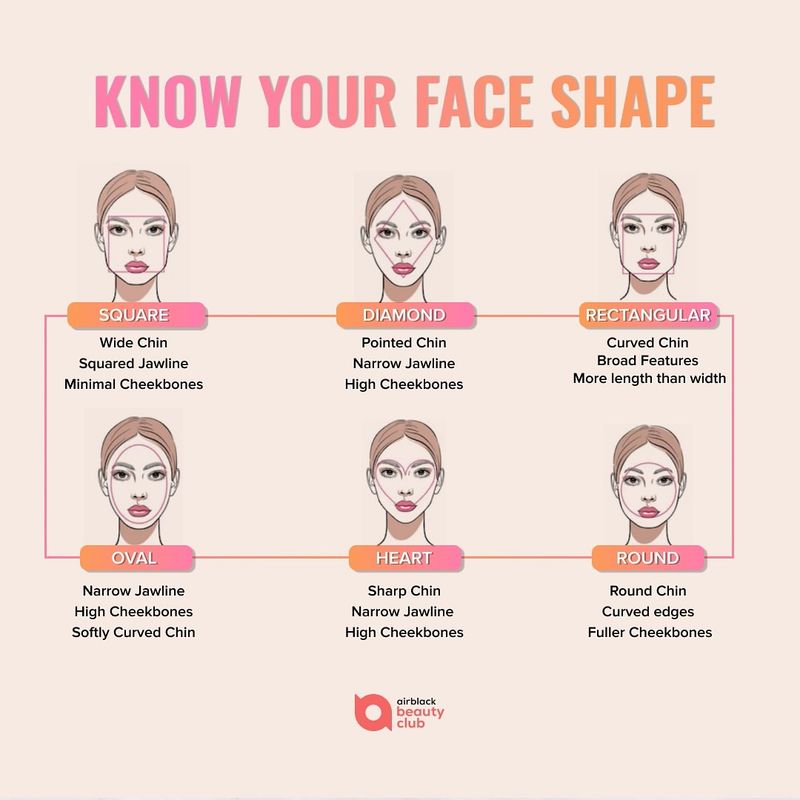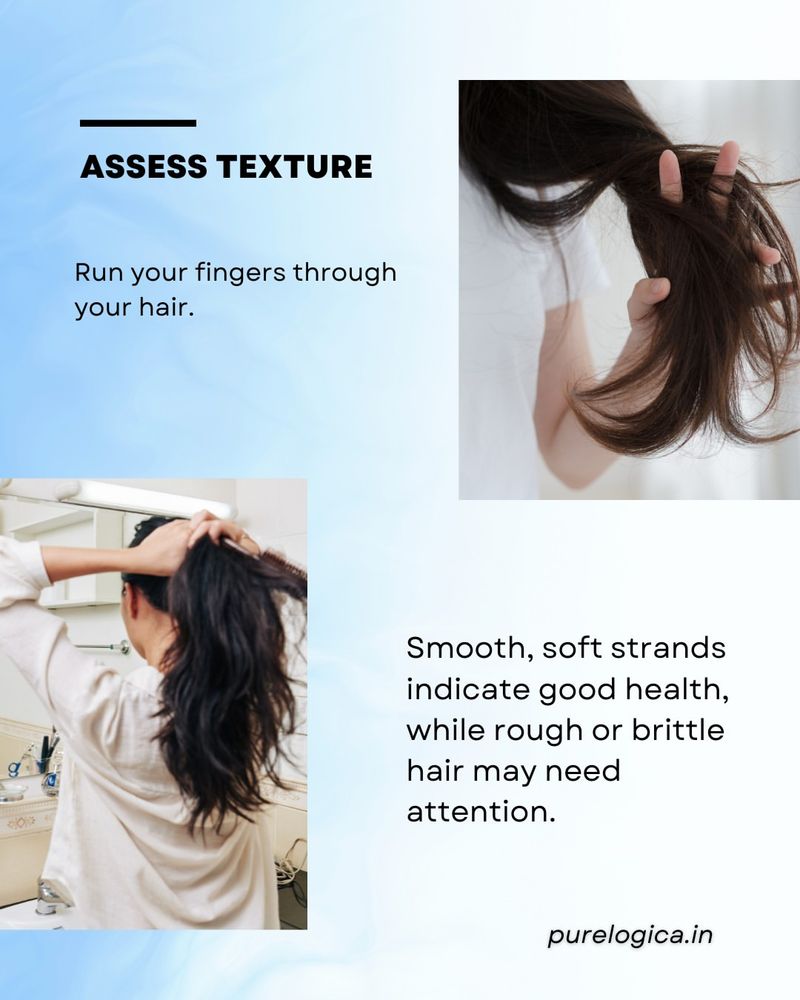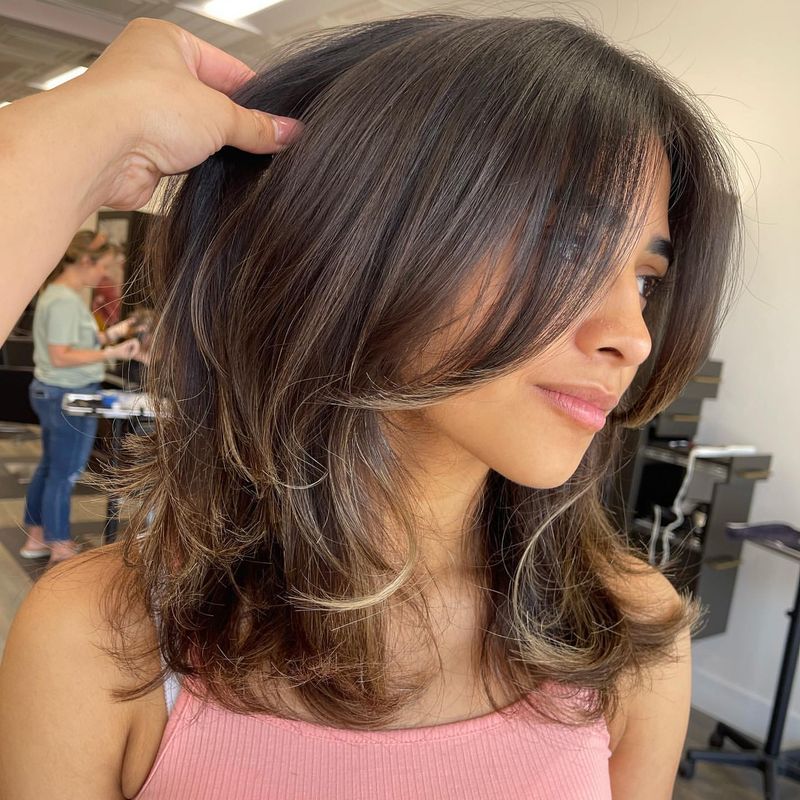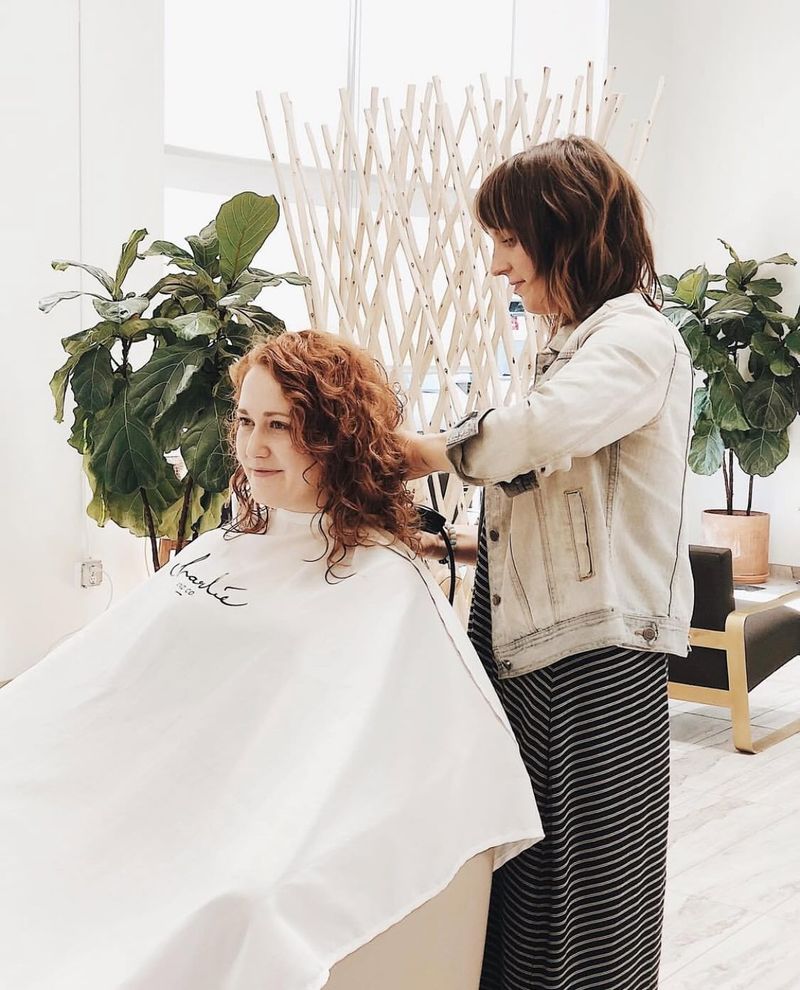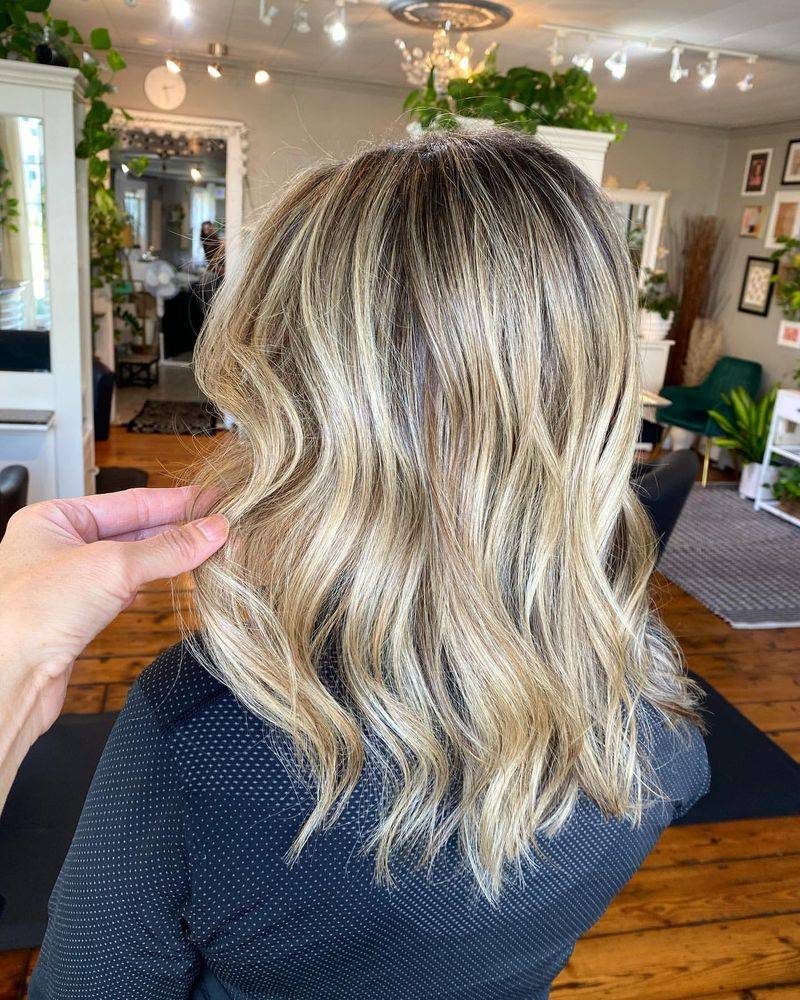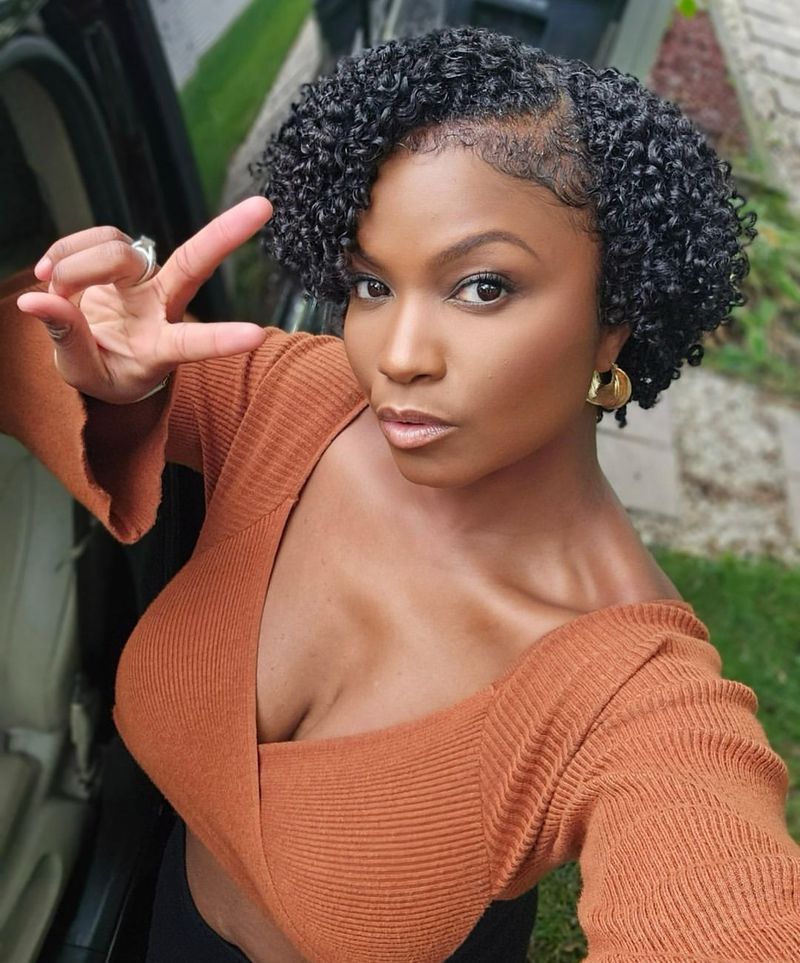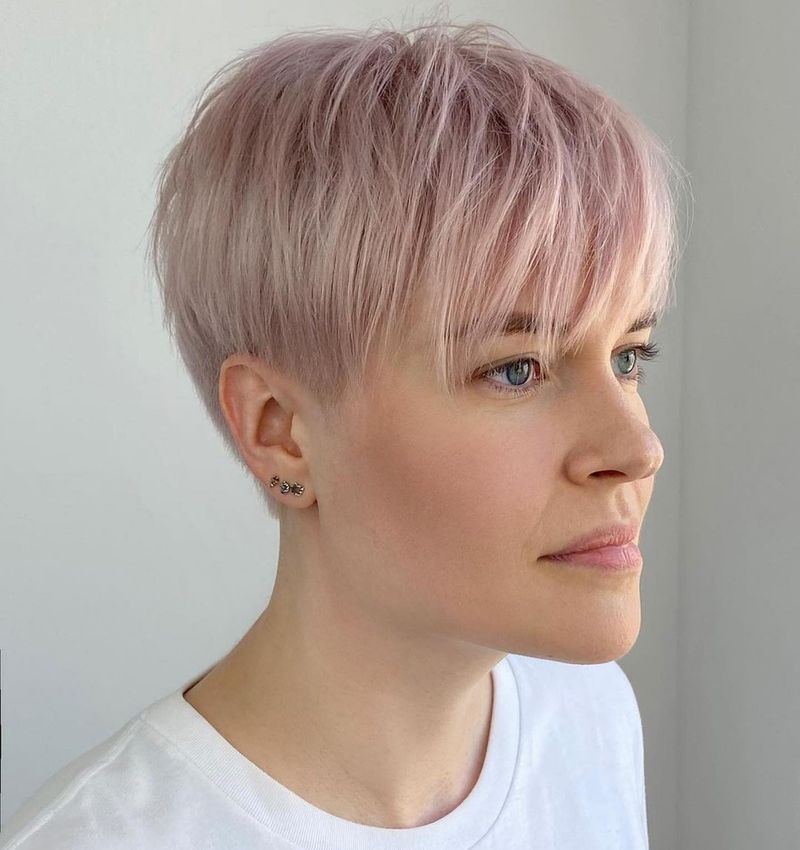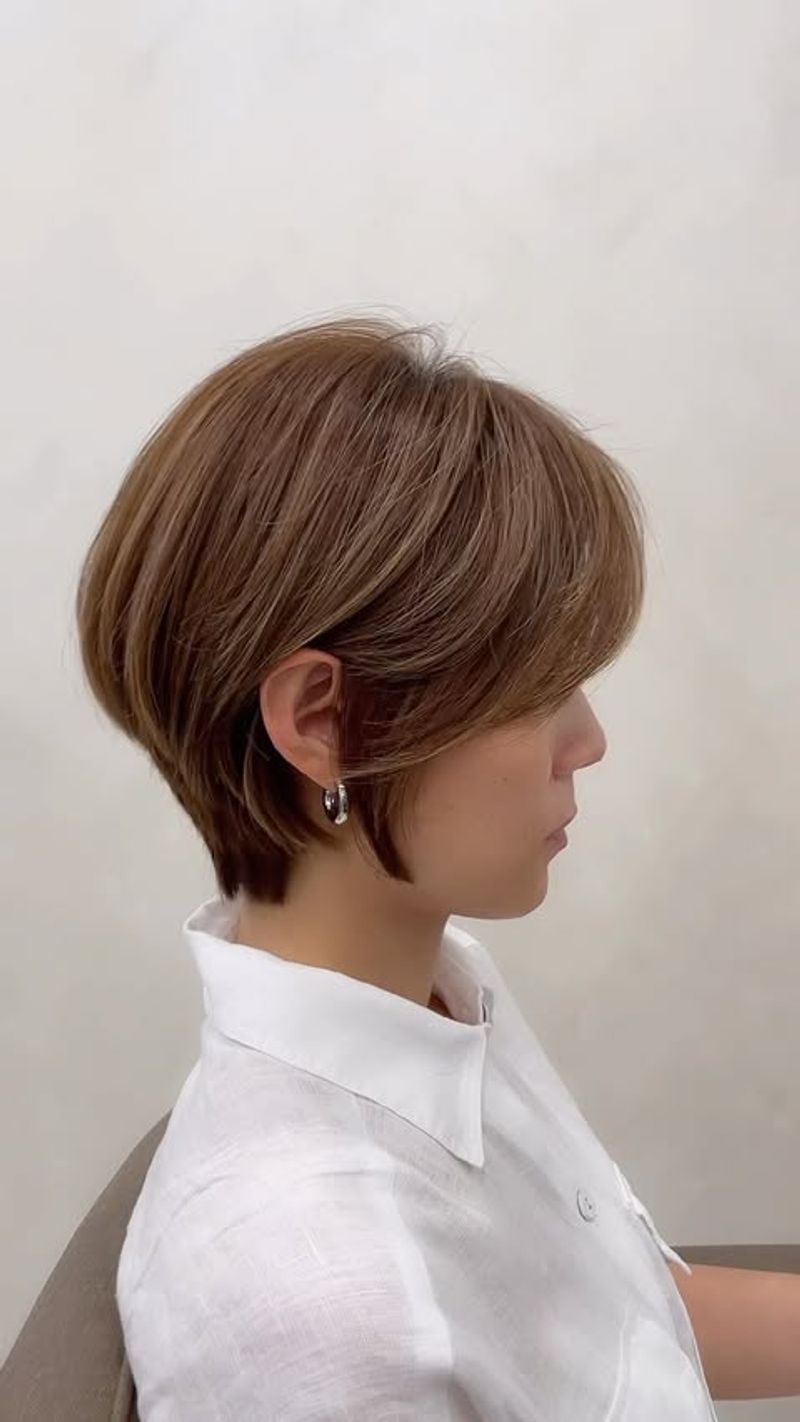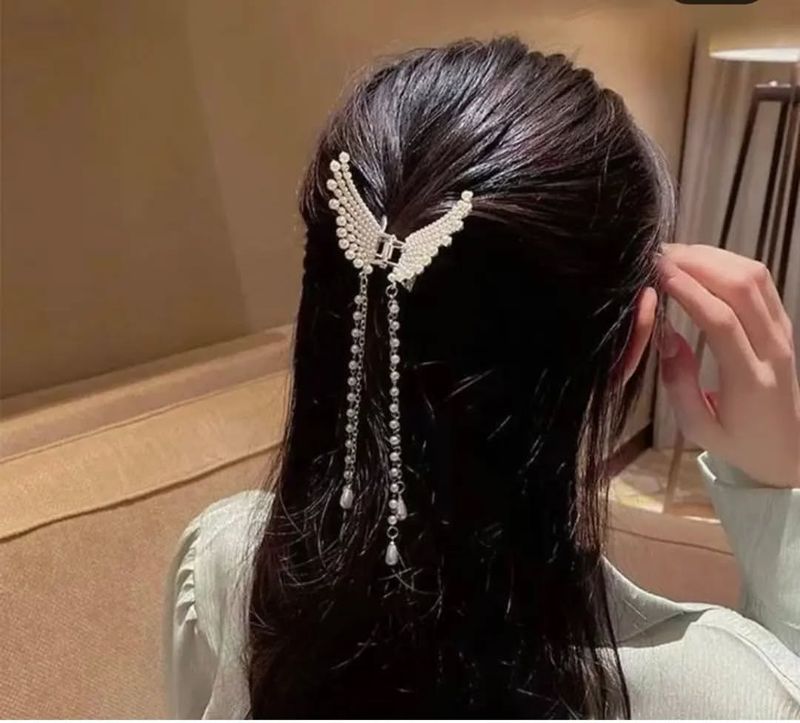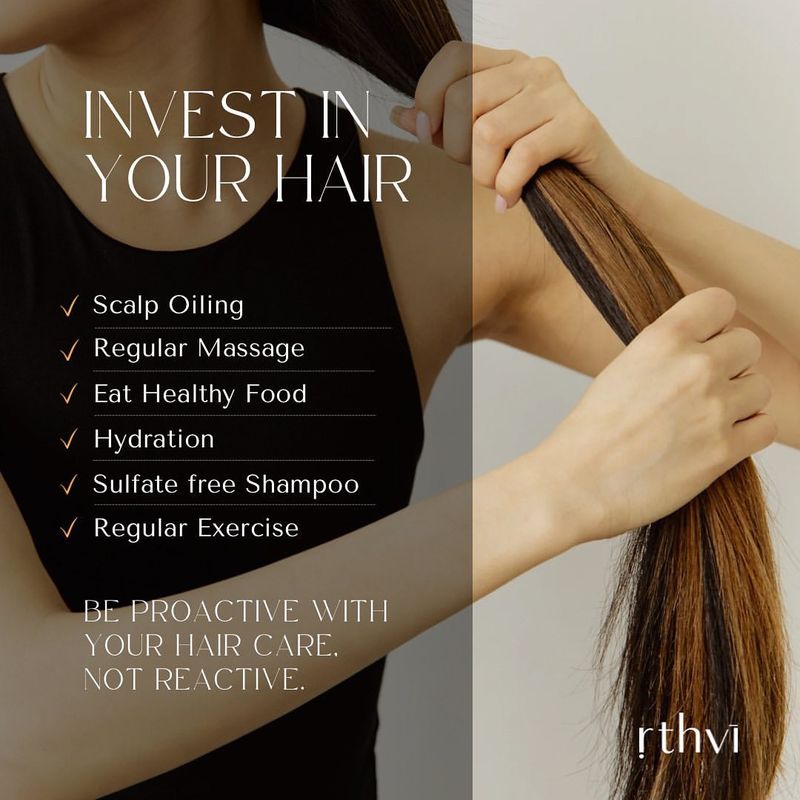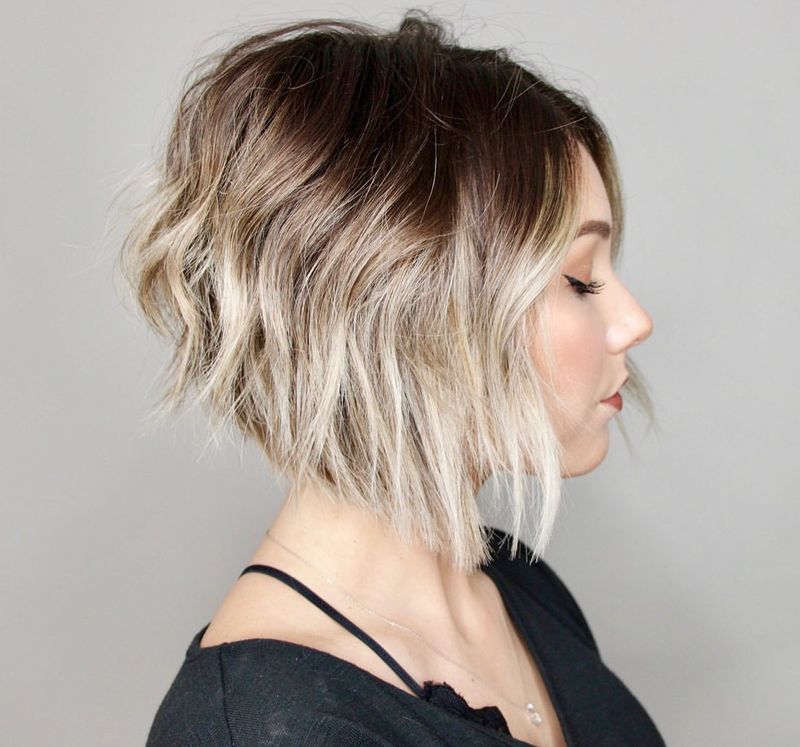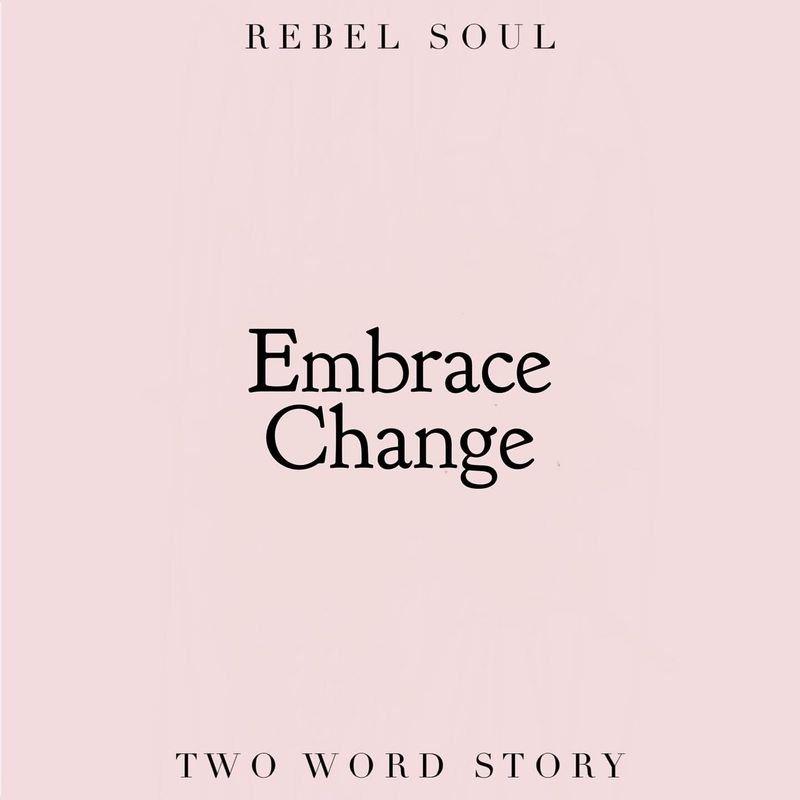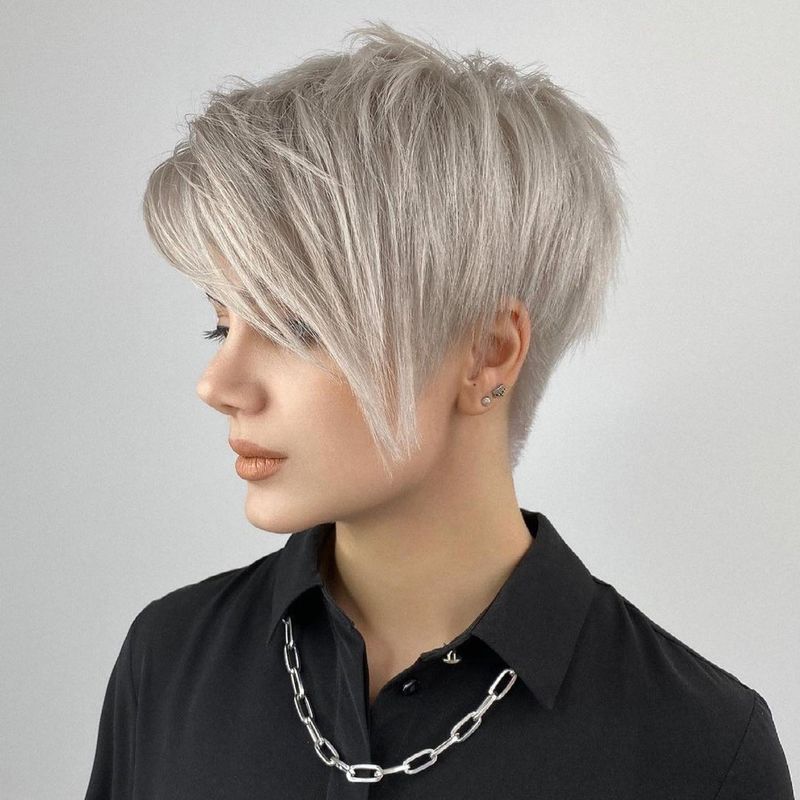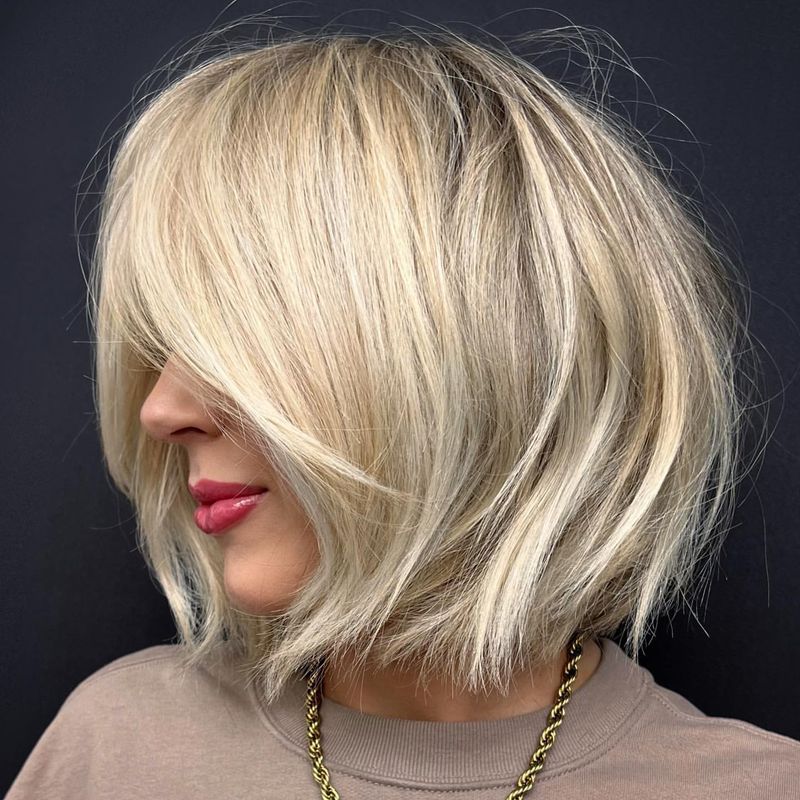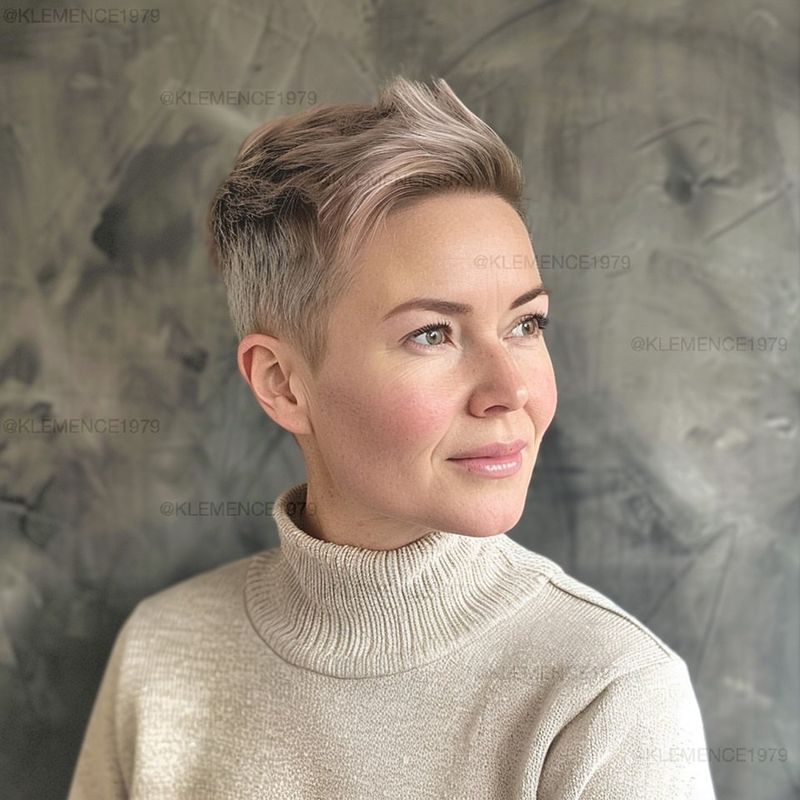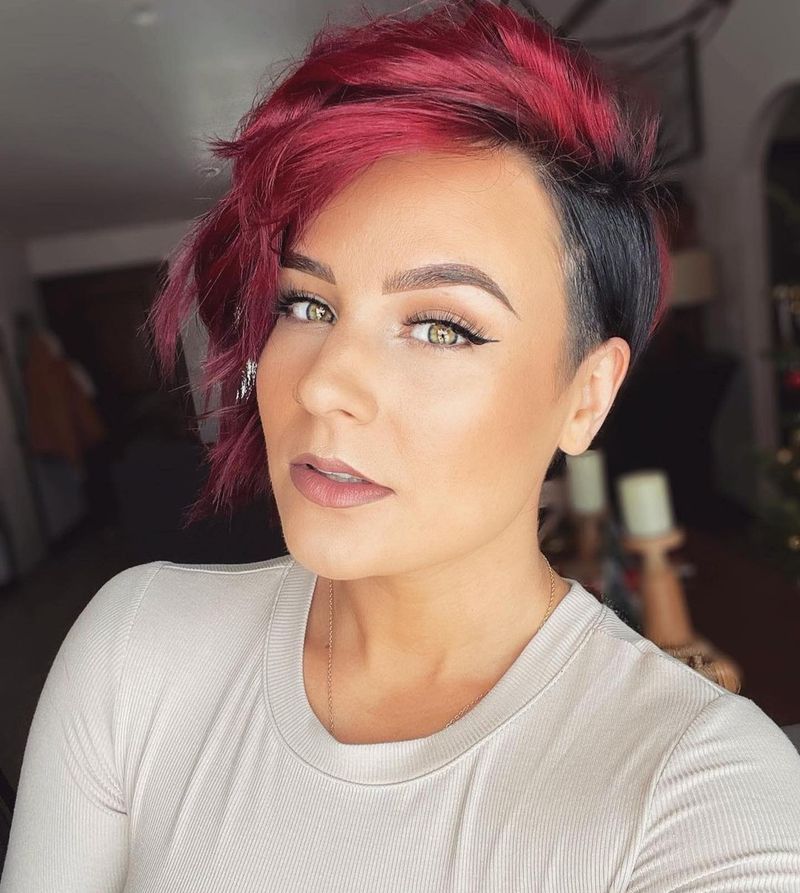Deciding to go short can be an exciting yet daunting journey. With countless styles to choose from, how do you find the one that best suits you? From understanding your face shape to considering your lifestyle and hair texture, we’ll provide essential tips to help you make an informed choice.
1. Consider Face Shape
Understanding your face shape is crucial! Whether you’re oval, round, square, or heart-shaped, each face type complements specific hairstyles.
2. Evaluate Hair Texture
Texture plays a vital role in hairstyle success. Straight hair may enhance sleek bobs, while curls can create playful pixies. Evaluate how your hair naturally moves.
Related: -7 Straight-Hair Problems No One Talks About And 8 Easy Fixes That Shine
3. Factor in Lifestyle
Your lifestyle influences your hairstyle choice. If you’re always on the go, select a low-maintenance cut. Active individuals might prefer styles that stay put during workouts.
4. Consider Your Personality
Your hairstyle can express who you are. If you’re adventurous, a daring asymmetrical cut might appeal. For a more reserved personality, a classic bob could suit better.
5. Seek Professional Consultation
Consulting a professional stylist offers personalized insight. They can assess your face shape, hair texture, and lifestyle. Armed with this knowledge, they suggest flattering short hairstyles tailored to you.
6. Think About Hair Color
Short hairstyles often highlight color. Contemplate adding hues to enhance your cut. Whether natural or bold, color can define your look.
7. Assess Hair Growth Patterns
Understanding your hair’s growth pattern aids in selecting a suitable style. Cowlicks or natural parts can influence how a short cut sits. Discuss these patterns with your stylist for a harmonious result.
8. Evaluate Maintenance Level
Consider how often you’re willing to visit the salon. Short hairstyles often require regular trims to maintain their shape. Evaluate the styling tools and products needed for upkeep.
9. Factor in Weather Conditions
Consider your local climate when choosing a hairstyle. Humidity can cause frizz in certain cuts, while dry air might affect hair health. Opt for styles that withstand your area’s typical weather.
10. Understand the Styling Options
Short hair offers versatile styling. From sleek and polished to tousled and textured, explore different looks. Learn about various styling tools and products that enhance your cut.
11. Consider Hair Accessories
Accessories can transform short hairstyles. Headbands, clips, and scarves add flair and personality. They can also manage your hair in humid weather or during activities.
12. Reflect on Hair Health
Healthy hair is the foundation of any great style. Before a drastic cut, assess your hair’s condition. Address issues like dryness or damage with treatments.
13. Seek a Second Opinion
Sometimes, a second opinion offers clarity. Discuss potential styles with friends or family who understand your fashion sense.
14. Visualize with Technology
Technology aids decision-making with virtual hairstyle apps. Upload your photo and experiment with different cuts and colors.
15. Research Hair Trends
Staying informed about trends can inspire your next look. Magazines, fashion shows, and online platforms frequently showcase trendy styles.
16. Determine Time Investment
Reflect on how much time you’re willing to invest in styling. Some cuts require daily attention, while others are more forgiving. Determine what fits into your schedule.
17. Embrace Change
Change can be refreshing. If you’re considering a short hairstyle, embrace the opportunity for transformation. A new style might boost confidence and rejuvenate your look.
18. Consider Face Accessories
Your accessories can influence which hairstyle suits you. Glasses, earrings, and other face accessories should complement your cut.
19. Think About Hair Growth
Hair grows, so consider how a short style will evolve. Discuss with your stylist how your chosen cut will look as it grows out. Some styles transition smoothly, while others require frequent trims.
20. Explore Different Lengths
Short doesn’t mean one length. Explore various short hairstyles ranging from pixie cuts to longer bobs. Each length offers unique styling opportunities and maintenance levels.
21. Match Style with Profession
Consider your profession when choosing a hairstyle. Some workplaces have specific appearance standards or cultural expectations.
22. Plan for Special Occasions
Special occasions might require different styling needs. Ensure your short hairstyle can adapt to formal looks. Consider how it will pair with evening wear or event themes.
23. Evaluate Seasonal Changes
Seasonal changes impact hair behavior. Choose styles that adapt well across seasons. Short hairstyles may offer comfort in summer but require extra care in winter.
24. Consider Hair Products
Quality products enhance short hairstyles. From shampoos and conditioners to styling gels and sprays, select ones that suit your hair type and style.
25. Think About Past Experiences
Reflect on past hairstyles to guide future choices. Consider what you loved or disliked about previous cuts. This history provides insight into what styles resonate with you.
26. Embrace Your Individuality
Embrace a hairstyle that reflects your uniqueness. While trends offer inspiration, personalize your cut to align with your identity.
27. Consider Hair Density
Hair density affects hairstyle choices. Thin hair benefits from volume-boosting layers, while thick hair might need thinning techniques.
28. Seek Long-Term Satisfaction
Aim for a style that offers long-term happiness. Short hairstyles can be transformative, but ensure it’s a change you can maintain. Consider how you’ll feel about the cut months down the line.
29. Consider Bangs
Bangs can transform short hair, enhancing your features based on face shape. Round faces suit side-swept bangs, while square faces look great with soft, wispy ones!
30. Trust Your Instincts
Ultimately, choose a style that makes you feel confident and comfortable. Your hairstyle should reflect your personal style!

